Extraction of tree resins
The pine and spruce resin can be obtained from naturally occurring wounds as solidified resin or by systematic gumming. Artificial injuries are thereby caused by scratching the bark.
The escaping resin is collected in a container. The most important ingredients of tree resin are resin, turpentine (resin acid) and volatile oil. The sticky tree sap, which occasionally was sealed off from the air for millions of years could eventually transform into a "stone", e.g. amber.
In the extraction of larch resin, holes are drilled into the tree trunk, which are then closed with a wooden plug as a tap. After a certain time, these holes fill up with the golden yellow balsamic resin. The wooden plug is removed and the resin is extracted (see Bernstein - Tränen der Götter, pages 65 - 76, Rebecca Ilch, Baumharz).
Mastic is the natural resin which is extracted from the trunk of the mastic pistachio trees. The farmers obtain this valuable resin by cutting the bark of the mastic bushes or small trees in June. The leaking tree resin falls on lime dust, which is sprinkled around the base of the plant. These are small clear drops, which were called tears of the gods in ancient times just like amber (see mastic).
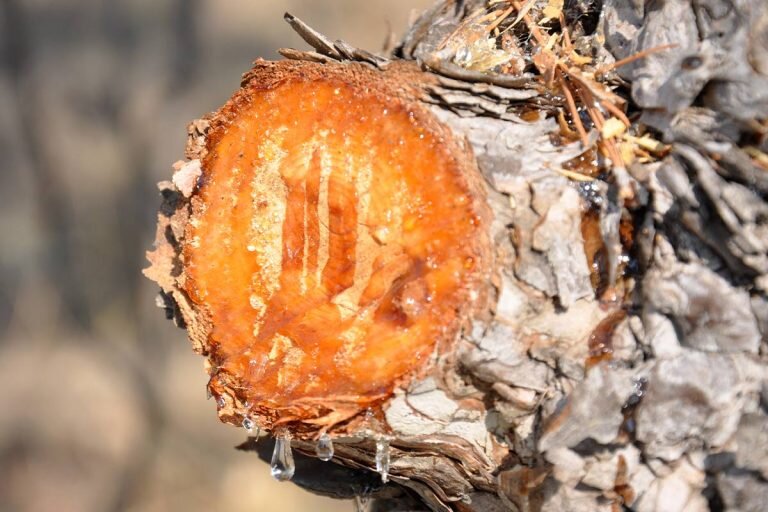
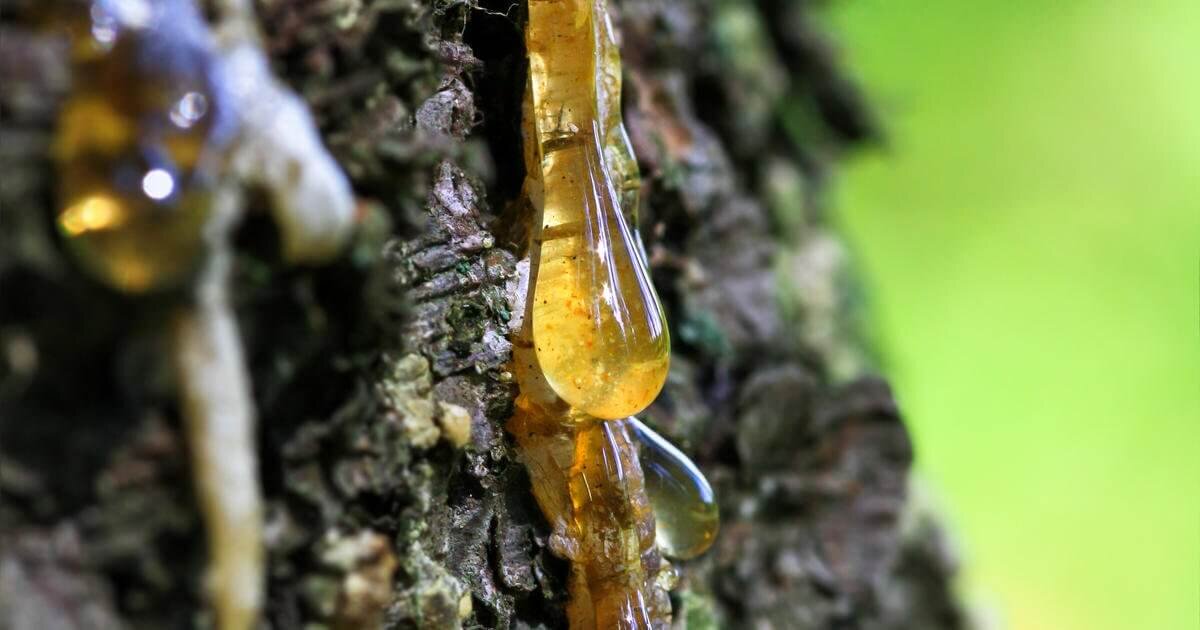
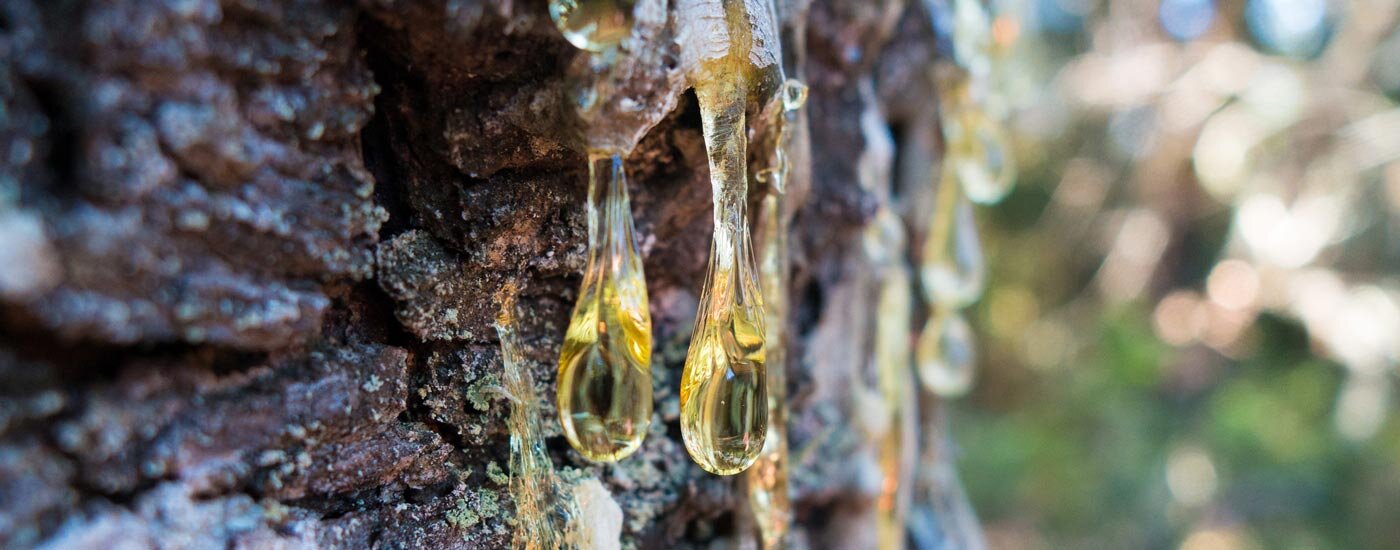
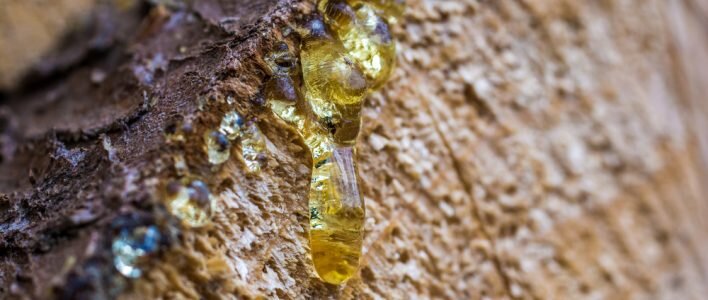
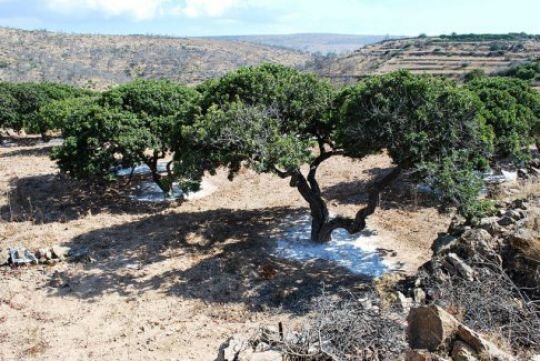
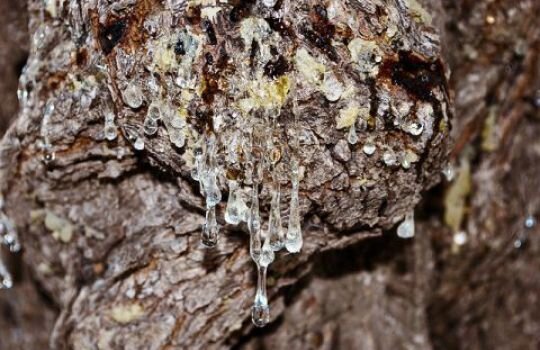
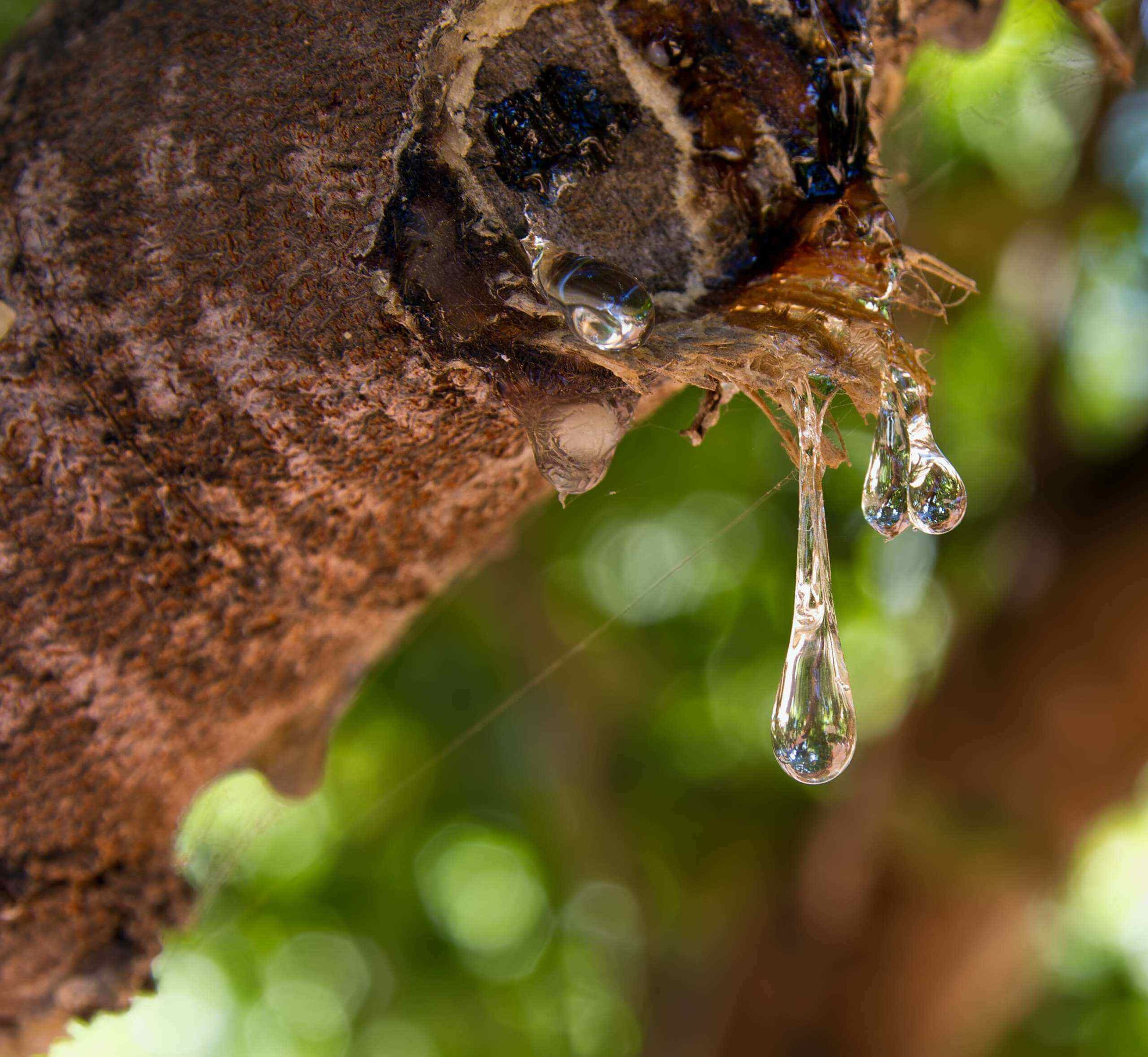
Literature:
Michael Ganzelewski / Rainer Slotta, Bernstein - Tränen der Götter. 1997, Verlag Glückauf, Essen
Rebecca Ilch, Baumharz: 5 erstaunliche Fakten, 6 Jan, 2020, in: https://www.mein-schoener-garten.de
Mastix: https://www.wikizero.com/de/Mastix
![baumharz-aufmacher-iStock-184633460[1].jpg](https://images.squarespace-cdn.com/content/v1/5e7f9285f524e90512d21693/1585846131469-XQ656VMGOTXGA9REY8ZU/baumharz-aufmacher-iStock-184633460%5B1%5D.jpg)